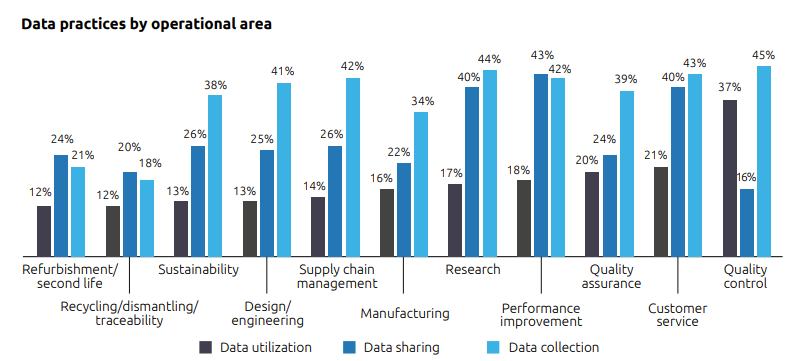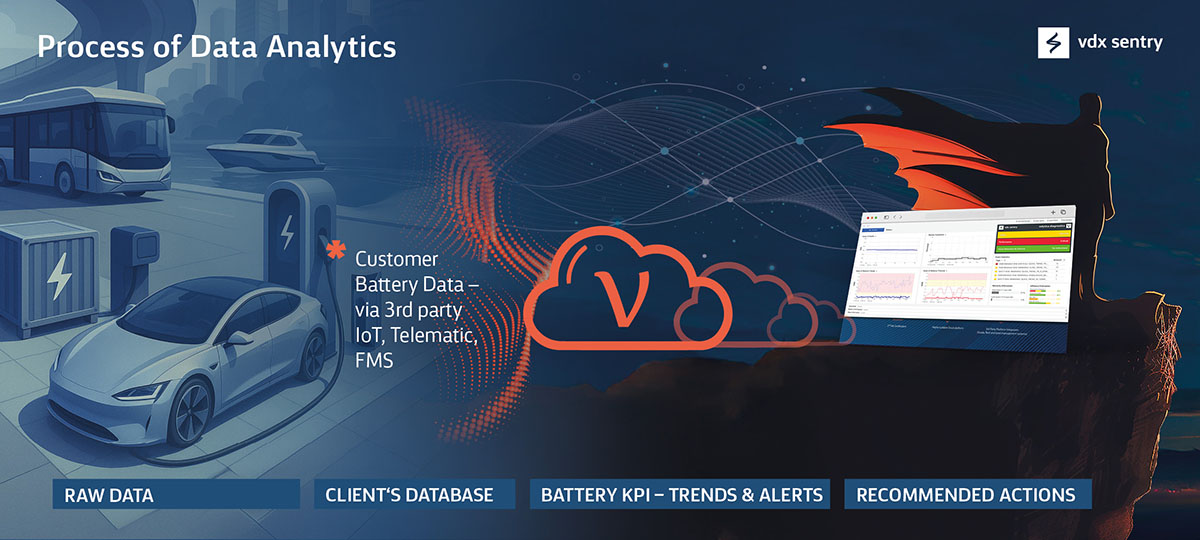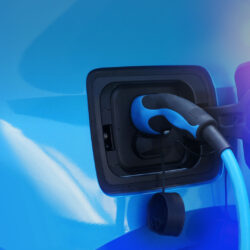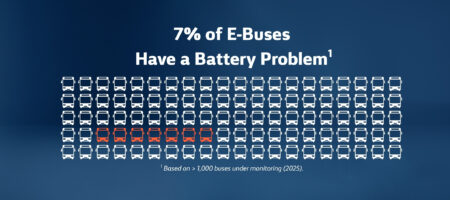
Battery Diagnostics in E-Mobility: Why Germany Must Lead
volytica Opinion Piece on E-Mobility, May 21, 2025
Driving the Mobility Transition with Determination

Battery diagnostics in e-mobility are critical to securing Europe’s leadership in the global transition to sustainable transport. Without a data-driven approach to monitoring battery health, we risk being overtaken by global innovation leaders.
“If we continue to stand by while other countries move forward decisively, Europe will lose its position as a leader in innovation in the field of electromobility,” says Sebastian Stoll, CTO and founder of volytica.
Clear Frameworks as the Key to Success
 How can we bring electromobility not just onto the roads but into people’s minds?
How can we bring electromobility not just onto the roads but into people’s minds?
Current discussions surrounding the EU’s internal combustion engine ban and concessions made to the automotive industry underline the importance of establishing clear and reliable frameworks for e-mobility. Only with such conditions can innovation be promoted and sustainable solutions become mainstream. As a member of the German Federal Association for eMobility (BEM – Bundesverband eMobilität), we advocate for technology-neutral and well-considered approaches to deliver genuine societal value.
Why Germany Should Take a Leading Role
Europe must seize this opportunity to position itself as an innovation leader through intelligent solutions. Countries like China have already sent clear signals and made massive investments in electromobility early on. This shows that strategic planning and targeted support can lead to significant progress. Germany has the potential to play a pivotal role by promoting well-founded, data-driven concepts. We believe that technology, industry, and politics must work together on solutions that prioritize efficiency and sustainability.
Beyond Subsidies – Efficiency as the Ultimate Goal
Mere subsidies for electric vehicles and charging infrastructure are not enough. The real value lies in the intelligent use of these technologies. Workshops, fleet operators, and businesses that are not battery experts need simple, efficient diagnostic tools with clear action guidance. This is particularly critical in public transport (PT) and commercial fleets, where reliability and economic viability are top priorities.
While conventional vehicles undergo thorough safety and functionality inspections (e.g., TÜV or DEKRA technical checks), EV batteries – which can represent up to 25% of a car’s value and up to 50% for buses and trucks – are still largely overlooked. Yet the battery is not only the heart of every electric vehicle, but also a safety-critical component.
Our demand: Battery diagnostics in e-mobility must become state of the art for all fleets and should be integrated into all relevant technical standards and regulations. Transparent, manufacturer-independent monitoring of battery health is essential to enable data-driven decisions for optimal operation and maintenance, and to ensure maximum battery lifespan.
Inconsistent Data Quality – A Barrier to E-Mobility
Collecting battery data is not the core issue anymore – the real challenge lies in using it effectively.

This is confirmed by the Capgemini Research Institute in its March 2025 study Future of Batteries: Data usage is minimal in sustainability-related fields.
“While organizations are successfully collecting and distributing data, they lag expectations in terms of effective utilization. For example, data is used in only 12% of refurbishment or second-life operations and just 37% of quality control processes.”
This underutilization reflects a systemic issue across the battery value chain: data remains disconnected from decision-making.
The use of diagnostic data is often inadequate because data quality varies significantly. This is due to:
- Varying data protocols and standards among vehicle manufacturers
- Different data frequencies and collection approaches – from continuous streams to infrequent snapshots
- Differences in sensor quality and data processing
Take the current sensor, for example: it measures the flow of electricity through the battery – a key value for calculating State of Charge (SoC) and State of Health (SoH). Poorly calibrated sensors also lead to inaccurate measurements.
Our algorithms clean this raw data by identifying and adjusting inconsistent measurements. This is the only way to generate reliable analytics required for safe and efficient battery operations.

The key to safer and more efficient battery usage isn’t about having more data; it’s about making the most of the data we have. Turning sensor signals into actionable insights is the cornerstone of modern battery diagnostics – and must become industry standard for fleets, workshops, and second-life applications alike.
Bidirectional Charging and Safety Considerations

The future of e-mobility lies not only in zero-emission driving, but also in smart integration of EVs into the energy grid. Vehicle-to-Grid (V2G) technologies offer significant potential for grid stabilization and energy management. However, without reliable battery health monitoring, there’s a heightened risk of degradation – undermining both the sustainability and economics of V2G. We advocate for integrating battery diagnostics in e-mobility into every V2G system to protect battery health and lifespan.
For workshops and service providers, diagnostic tools must be user-friendly and efficient. They need clear recommendations to advise customers and expand their EV aftermarket services. Only with reliable and standardized diagnostics can high-quality, accessible services be provided.
End users, too, want to operate their batteries in the V2G space safely and efficiently. They want to store, use, and feed energy into the grid without compromising battery longevity. Batteries age even when idle – efficient use means using batteries wisely to maximize their lifespan.
We advocate for every bidirectional charging system to include independent battery diagnostics to ensure storage efficiency and battery durability.
Battery Passport – A Good Start, But Not Enough
 The current Battery Pass primarily focuses on data collection for circular economy use cases, such as cell origin and recyclability. While that’s important, it lacks a crucial element: a system for meaningful evaluation of that data to enhance operational efficiency, safety, and second-life potential.
The current Battery Pass primarily focuses on data collection for circular economy use cases, such as cell origin and recyclability. While that’s important, it lacks a crucial element: a system for meaningful evaluation of that data to enhance operational efficiency, safety, and second-life potential.
A truly comprehensive Battery Pass should enable continuous data analysis and use this to improve battery usage. It should also include a well-defined suitability score for second-life applications to support the reuse of batteries after their first lifecycle. Without systematic battery diagnostics in e-mobility, Europe will fall behind on safety and sustainability.
Conclusion: Unlocking Opportunities for Sustainable Mobility
- We call for the Battery Pass to include systematic battery diagnostics and continuous data analysis
- Europe has a chance to promote transparency and competitiveness with a unified standard for battery health assessments
- The focus must be on efficient use, to protect battery value and enable long-term, sustainable deployment
- User-friendly diagnostic systems are critical to enabling safe, cost-effective e-mobility across workshops, fleets, and V2G applications
With data-driven approaches, we aim to contribute to a more sustainable and efficient future of electromobility. Now it’s up to policymakers to create the necessary framework.
We’d love to hear from you
Do you share our views or have a different perspective on the future of electromobility and battery diagnostics? If you would like to feature our opinion or exchange ideas in a professional circle, panel, or working group, please don’t hesitate to reach out.
For additional information on volytica or to get in touch, please contact:
Christin Lustik: marketing@volytica.com


